Types of Truck Driving Jobs
There are more types of driver jobs than you think.
Posted on June 22, 2022
The trucking industry is an essential aspect of the United States economy. There are various types of truck driving jobs that allow the trucking industry to thrive. These professional haulers are uniquely qualified to handle particular goods and different types of trucks. Whether the materials are sensitive, oversized, or hazardous, a trucker specializes in moving that cargo. In this we will discuss the 6 most prominent types of trucking jobs and their CDL (Commercial Drivers License) classifications required.
1. Dry Van Trucker
A Dry Van trucking job is a great starting position for new commercial drivers as they’re not required to unload the goods they transport on their own. Dry van truckers transport dry, nonperishable, easy-to-move, pre packaged cargo. Oftentimes this cargo is transported in a single rectangular trailer attached to a semi-truck, the trailer offers an easy to load through the back door and doesn’t require extensive knowledge about how to safely secure goods. The CDL requirements to become a Dry van driver include Class A CDL, which allows the ability to drive interstate. Depending on the cargo, you may also need a Hazmat (H) endorsement.
2. Flatbed Trucker
Flatbed truck driver jobs require specific experience and skill. Flatbed trucks are different from tractor-trailers in their shape and cargo, they have an open-air trailer that is able to carry oversized or awkwardly shaped machinery, vehicles, or dry goods. Flatbed truckers require a more advanced skill set, including background knowledge of the goods they transport and expertise in securing difficult cargo using chains, come-a-longs, straps, tarps, and other tools. These types of truckers are often paid more due to the complex skill set required. Flatbed truckers need a Class A CDL. A Class A CDL accounts for the combined weight of the truck and trailer.
3. Tanker Trucker
Similarly to flatbed haulers, tanker truck driver jobs require special skills. Tanker truckers primarily haul liquids or gasses in a cylindrical tank attached to a trailer, oftentimes drivers are responsible for chemicals that can be environmentally hazardous or even deadly if released. Therefore, tanker truckers must be extremely well-versed in offloading liquids, record-keeping, transportation laws, and reading gauges.However, not all tankers carry such sensitive materials, some of the most common types of tankers and cargo are;
Food Tankers: Liquid dairy products, alcohol, vegetable oil, fruit juices.
Fuel Tankers: Petroleum-derived products like gasoline and jet fuel.
Chemical Tankers: Ammonia, chlorine, hydrogen fluoride.
Dry Bulk Tankers: Sand, cement, sugar, chemical powders, plastic pellets.
The trailer beds or flatbeds hold the tank horizontally and are usually classified as a type of semi-truck. They are some of the most in-demand types of truckers. Tanker truckers need a Class A or C CDL. A Class A license accounts for the weight of the trailer and the tank in tow, while a Class C license with the proper endorsements permits drivers to move materials that are classified as hazardous.
4. Heavy Haulers
Heavy Haul trucking jobs are difficult, but high paying. Heavy haul trailers are built to carry items like large construction equipment, blades, or solar panels. Oftentimes they are compared to flatbed drivers carrying an oversized load but differentiates in trailer design and cargo. Because of the extra weight, steering, wide turns, and hills are more difficult to maneuver, so the driver should be trained to operate this type of vehicle. Heavy haulers depend on a team of route planners, loading specialists, and pilot vehicle drivers to ensure safe delivery. Trailers intended for heavy hauling include:
Two-level trailers or step-decks
Flatbed trailers with removable goosenecks
Lowboys
Telescopic or extendable trailers
Most heavy haul drivers must hold a Class A CDL. Class A licensing allows drivers to carry a higher weight than B or C classifications. In addition, many drivers need to obtain a heavy haul permit. These Requirements vary by state, but a permit will always be required for freight weighing 80,000 pounds or reaching a width of 8 feet and 6 inches.
5. Long-Haul/OTR Truckers
Truckers are considered long-haul drivers when they can’t make their trip in a single day and long-haul or over-the-road (OTR) truck driver jobs require carrying cargo from coast to coast making for trips that require over a week on the road. Long OTR trips might require two drivers to share a cab so they can switch off driving and get to a destination more efficiently. These types of drivers often find traveling to be appealing to their lifestyle. A Class A CDL is the only licensing you need to start this type of trucking job.
6. Refrigerated Freight Hauler
Managing time and distance specifications are crucial to being a refrigerated freight hauler. This is due to the fact that refrigerated freight haulers carry food products that need to be kept at a low temperature. They travel with refrigerated trailers, also known as reefers. Reefer driver jobs require additional skills to monitor temperatures and identify technical issues. Minor repairs may be necessary to prevent the cargo from perishing. Reefers may operate locally cross-country and because of the sensitive nature of reefer deliveries these types of drivers earn more. Typically, reefer drivers require a CDL classification based on the type of truck they’re driving. A refrigerated truck/trailer combination requires a Class A license, although drivers can operate refrigerated boxes or straight trucks with a Class B.
These are just a few of the many types of truck driver jobs out there. Each type of load has its own issues to consider and best practices to remember so that the freight gets safely to its destination. We're thankful that all these hard working types of truck drivers are out there keeping things moving every day. God bless truck drivers!
